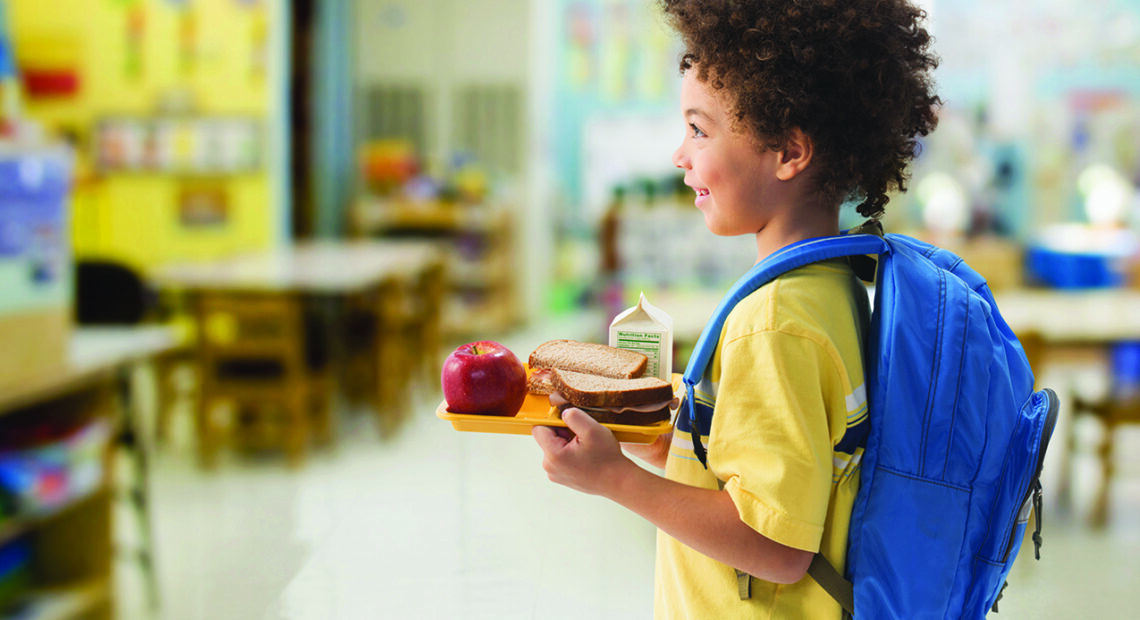Students need many different supplies to help them move to the head of the class. Teachers frequently post lists online before school begins or advise students in the early days of the new year. Therefore, parents may want to wait to go back-to-school shopping until they learn what’s needed. There is one piece of gear, however, that students will definitely need: a backpack.
Backpacks have been helping students transport books and other materials to and from school for decades. Backpacks are not a new invention, and they actually predate school. Ötzi, a man whose mummified remains have been traced to the Copper Age, carried an animal fur rucksack during his travels. American Civil War soldiers carried bindles, and Henry Miriam developed one of the first knapsacks for the U.S military in 1877. It wasn’t until the late 1940s that kids started using backpacks for school, as more materials were available to make these bags after World War II. Backpacks are now ubiquitous on school campuses around the world.
Backpacks are available in many different sizes and styles. Not all of them are created equal, and some may be better and safer for students than others. Here are some considerations.
• Look for even, secure stitching that will not come undone easily. Inexpensive backpacks may last a few weeks, but a more durable backpack can last the school year and beyond.
• Pass up backpacks with frayed fabric edges that could unravel, says Consumer Reports.
• Opt for backpacks with zippers that have fabric flaps over them to keep water and other elements out of the backpack, helping prolong its life span.
• Consider a synthetic material, which will be lighter to carry and more resistant to water.
• Choose a backpack with lots of compartments that can spread the weight of gear out across the bag.
• Look for bags that have padded backs and straps. The padding should be ventilated, so the backpack will not get very hot when the child is using it.
• Karena Wu, a physical therapist and owner of ActiveCare Physical Therapy in New York, encourages parents to choose backpacks with tapered straps that will conform better to their children’s bodies. A waist strap can help keep the backpack centered on the child’s torso to help disperse the load.
• If the school allows it, a rolling bag is a great way to prevent strain on the back. Verywell Family says children should carry no more than 15 percent of their bodyweight in the backpack. That means a 60-pound child shouldn’t carry more than 9 pounds.
• Select a backpack that is sized accordingly to the child. It may be tempting to buy the largest one around, but that can be cumbersome and the student may overload it.
• Many students now use laptops or tablets for school. It is a good idea to buy a backpack that has a padded pocket for tech devices to protect them during transport.
Although it may not seem trendy to do so, backpacks should always be worn with all straps in place to distribute weight evenly; otherwise, strain may be placed on one shoulder or side of the body. This, in addition to choosing the right backpack, can keep students comfortable and safe.








Recent Comments